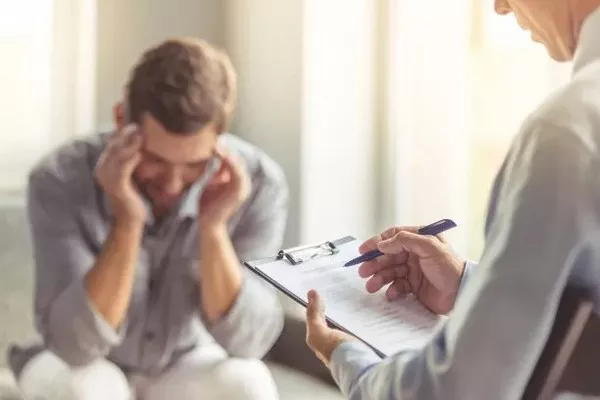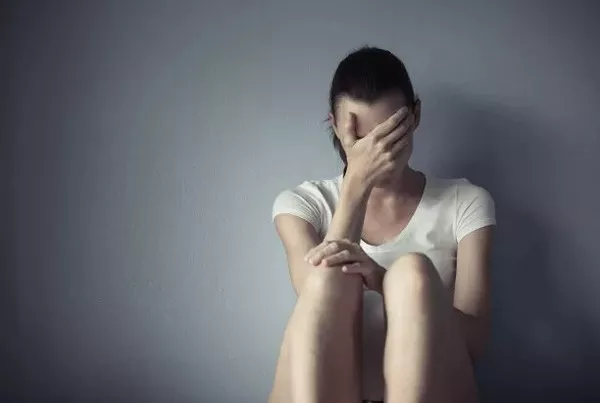Post-Traumatic Stress Disorder (PTSD) is a complex mental health condition that can develop after experiencing or witnessing a traumatic event. It can have a profound impact on an individual’s life, affecting their thoughts, emotions, and behavior. However, recovery from PTSD is possible with the right treatment and support.
1. Recognizing the Signs of PTSD
The first step towards recovery from PTSD is recognizing its signs and symptoms. PTSD can manifest in various ways, including intrusive memories of the traumatic event, nightmares, flashbacks, and emotional numbing. Individuals with PTSD may also experience hypervigilance, avoiding situations that remind them of the trauma, and changes in mood and cognition. Understanding these signs is essential for seeking timely support and intervention.
2. Seek Professional Help
PTSD is a serious mental health condition that often requires professional intervention. If you suspect you or someone you know may have PTSD, it’s essential to seek help from a qualified mental health professional, such as a psychologist or psychiatrist. A professional can conduct a thorough assessment, provide an accurate diagnosis, and create an individualized treatment plan based on the specific needs and challenges of the individual.
3. Establish a Safe and Supportive Environment
Creating a safe and supportive environment is crucial for individuals recovering from PTSD. Surround yourself with understanding and empathetic friends and family members who can provide emotional support. Communicate your needs and boundaries clearly, and allow yourself time and space to process your feelings and experiences without judgment.
4. Psychotherapy and Counseling
Psychotherapy, particularly evidence-based treatments like Cognitive-Behavioral Therapy (CBT) and Eye Movement Desensitization and Reprocessing (EMDR), are highly effective in treating PTSD. These therapies help individuals process traumatic memories, challenge negative thought patterns, and develop coping skills to manage stress and anxiety. Consistent and regular attendance in therapy sessions is vital for the success of the recovery process.
5. Medication Management
In some cases, medication may be prescribed to help manage the symptoms of PTSD. Antidepressants and anti-anxiety medications can be useful in reducing intrusive thoughts, alleviating anxiety, and improving sleep patterns. Medication should always be prescribed and monitored by a qualified healthcare professional.
6. Practice Stress Reduction Techniques
Stress reduction techniques are valuable tools for individuals recovering from PTSD. Mindfulness meditation, deep breathing exercises, progressive muscle relaxation, and yoga can help calm the mind and regulate emotions. These practices encourage grounding and promote a sense of present-moment awareness, reducing the impact of traumatic memories.
7. Engage in Physical Activity
Regular physical activity, such as walking, jogging, or engaging in sports, has been shown to have a positive impact on mental health, including PTSD recovery. Exercise releases endorphins, which are natural mood enhancers and stress reducers. Additionally, physical activity can improve sleep quality, reduce anxiety, and increase overall well-being.
8. Connect with Support Groups
Support groups can provide a safe space for individuals with PTSD to connect with others who have experienced similar traumas. Sharing experiences, insights, and coping strategies in a non-judgmental setting can foster a sense of community and reduce feelings of isolation. Many organizations and mental health clinics offer PTSD-specific support groups, both in-person and online.
9. Set Realistic Goals
Recovery from PTSD is a gradual process, and it’s important to set realistic goals for yourself. Avoid placing unnecessary pressure on your progress and recognize that healing takes time. Break down your recovery journey into manageable steps and celebrate even the smallest achievements along the way.
10. Address Emotional Triggers
PTSD can be triggered by various stimuli associated with the traumatic event. Identify and address emotional triggers that evoke distressing memories or emotions. Engage in coping techniques learned in therapy to manage and reduce the impact of triggers on your well-being.
11. Foster Healthy Relationships
Positive and supportive relationships play a crucial role in PTSD recovery. Surround yourself with individuals who understand and validate your experiences. Communicate openly with your loved ones about your PTSD and how they can support you throughout your healing journey.
12. Practice Self-Compassion
Healing from PTSD can be a challenging and emotional process. Practice self-compassion by acknowledging that recovery may involve ups and downs. Be patient with yourself and recognize that setbacks are normal. Treat yourself with the same kindness and understanding you would offer to a friend going through a difficult time.
Conclusion
Recovering from post-traumatic stress disorder requires a comprehensive and individualized approach. Recognizing the signs of PTSD, seeking professional help, establishing a supportive environment, and engaging in evidence-based treatments are essential steps towards healing. By incorporating stress reduction techniques, physical activity, and support groups into the recovery journey, individuals can take proactive steps to regain control over their lives and restore their overall well-being. Remember that recovery is possible, and with dedication, patience, and support, individuals can find their path to healing and resilience.




























